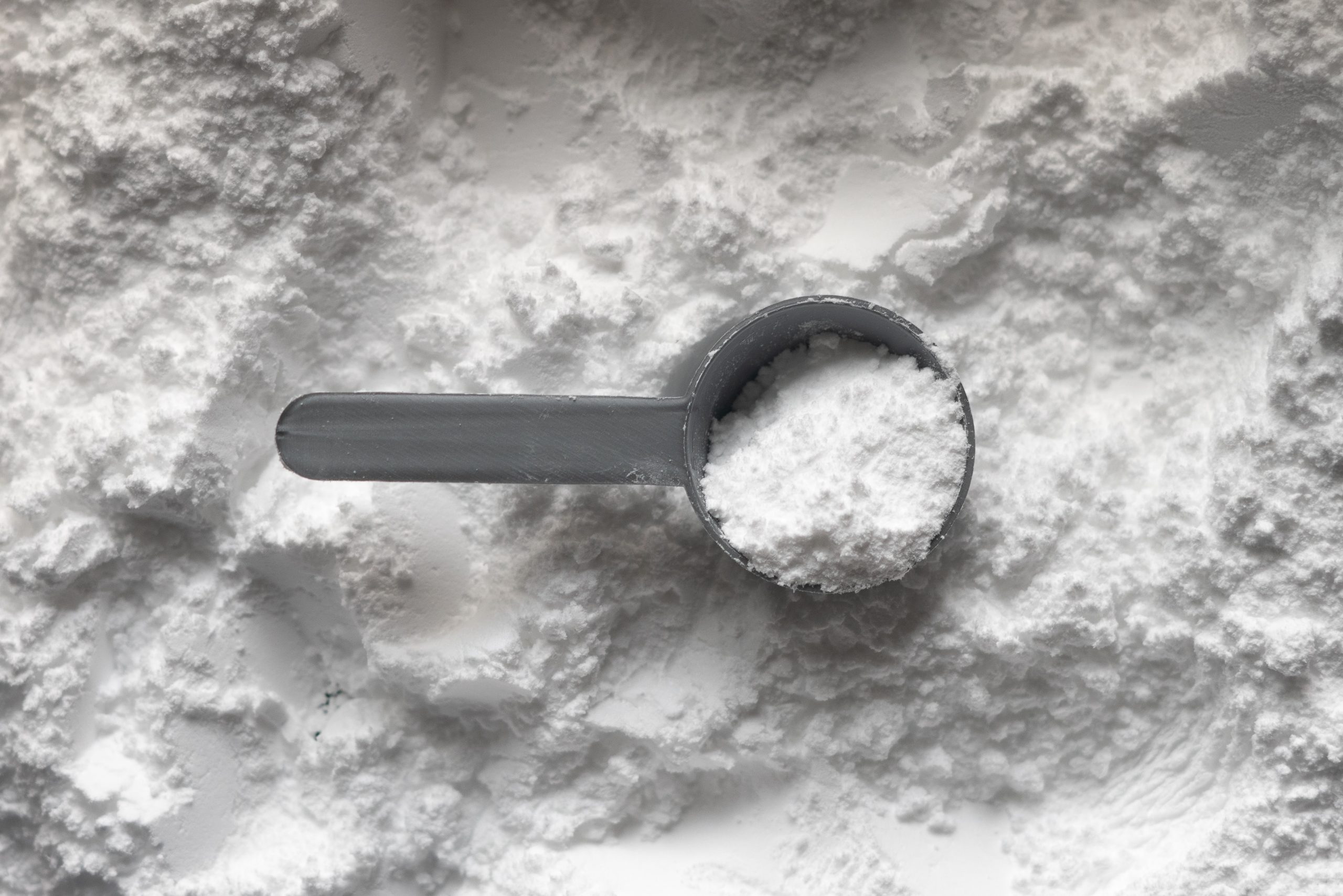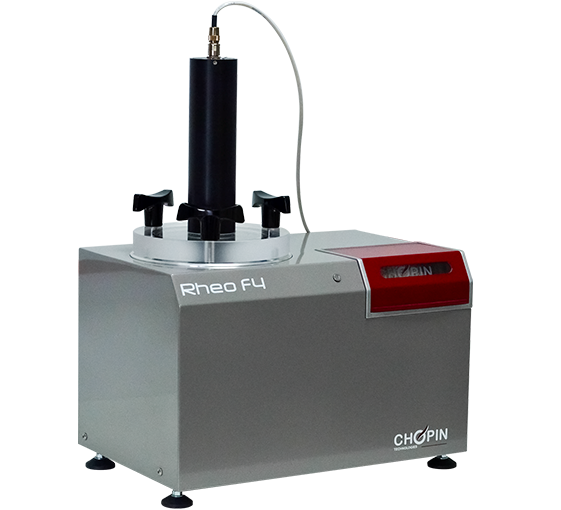Emulsifiers in baking
In this post, we are revisiting additives, specifically one of the most commonly used ones in baking. However, the function of these additives in baking is quite different from what is typically portrayed in most additive reference materials, so pay close attention. An emulsifier is a chemical substance with a hydrophilic (water-friendly) part and a lipophilic (fat-friendly) part. The primary purpose of these substances lies in their ability to facilitate the creation of emulsions, or mixtures of substances that are…



